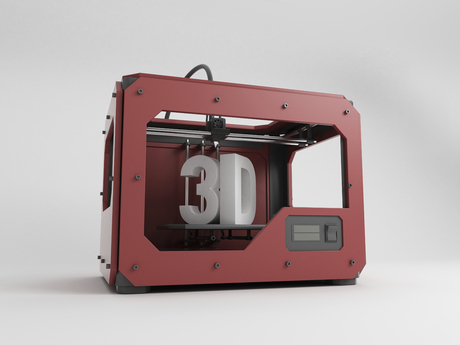3D printing boundaries defined

A new guide has been launched to explain what consumers need to know about potential risks before printing in 3D. The website ‘Everything you need to get started in 3D printing’ was developed by staff at the University of Melbourne in response to the growing number of users keen to find, share and create 3D printed goods online.
A team from the School of Culture and Communications at the University of Melbourne designed the website 3DPrintingInfo.org, which includes a scorecard for various 3D printing sites, as well as some useful tips.
Project leaders Luke Heemsbergen and Robbie Fordyce believe the guides and information will help consumers to safeguard their work and take advantage of this emerging technology.
“The free resources are the result of extensive multidisciplinary research in Australia, and beyond, that identified emerging issues and trends within the consumer 3D printing space such as who owns the designs you share, the ones you modify and how they can be used by others,” Heemsbergen said.
“Interviews with experts and industry leaders, and complex modelling of the sharing patterns of objects online also raised a number of new issues for consumers,” said Fordyce.
Focus groups have shown that despite 3D printing becoming increasingly popular, consumers still have some gaps in their knowledge. Quality of 3D printing files found online, the long-term social impact of the proliferation of 3D printed objects and the legal protections relevant to the sharing and using of 3D printable files are all issues that Australian consumers will have to face in the near future.
“3D printing is a social practice that is built on a specific set of technologies, how people 3D print, what they print and how society understands and decides this becomes a social and political concern,” Heemsbergen said.
“Worrying about copyright and other intellectual property rights is necessary, but not sufficient — there are ethical, cultural and social aspects of what we make that tell us who we are as a society.”
The internet decentralises control of media — whether digital or, with 3D printing, physical — and Australians are working towards understanding their rights and their risks regarding such processes.
“We are used to viewing things — anything and everything — out in cyberspace, but when that barrier breaks down, and the digital is made physical in your own home, people have new concerns,” Fordyce said.
This project builds on initial research undertaken by Melbourne Networked Society Institute on domestic 3D printing and was funded by the Australian Consumer Communications Action Network (ACCAN) Grants project.
Ingram Micro Experience 2024 open for registrations
Technology distributor Ingram Micro has opened registrations for its annual Ingram Micro...
Salesforce launches products on AWS Marketplace
Salesforce has announced the availability in Australia of a range of its most popular products...
AIA teams with SAS to address AI skills shortage
The Analytics Institute of Australia has collaborated with SAS to ensure its latest courses can...







